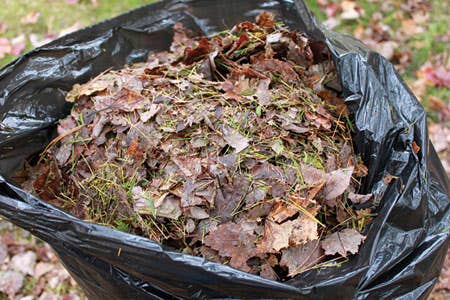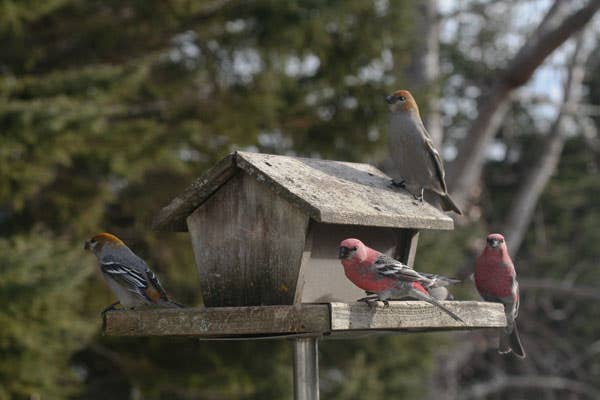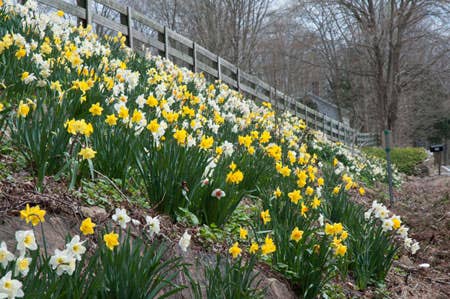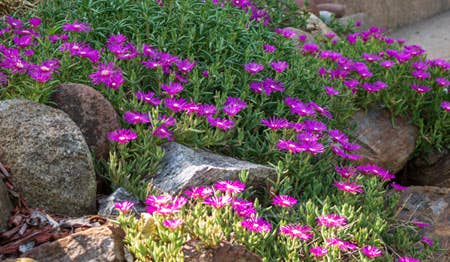Tip of the Week: Integrate herbs with ease in small spaces
In small gardens especially, careful selection and planning of herbs are needed to fit them in successfully.
Herbs are wonderful garden plants in so many ways. They have a fascinating history and folklore, serve an everyday practical role in the home, and have fragrant foliage and attractive flowers, too. However, many look their best only for a short span of time. There are the rampant spreaders and others that are profligate seeders. So in small gardens especially, careful selection and planning of herbs are needed to fit them in successfully.
- Use as mixers: It has become somewhat of a tradition to assume that herbs must be grown grouped together. Although this is not usually harmful, there are good reasons for growing them among plants. Certain herbs attract beneficial insects and/or repel pests, so they can be more widely useful to other plants if they are not grown separately.
- The smallest space: Even in the smallest space or pot, it is possible to grow a little collection of kitchen herbs. Choose compact herbs that thrive in similar conditions. Parsley, chives and mint coexist happily for a season in sun or part shade in a good planting mix. Mediterranean herbs, like thyme, rosemary and sage can be grown as a separate collection in full sun.
- Accommodate to small gardens: Herbs can be accommodated in small gardens in many ways, according to the space available. Try placing in unusual containers, using as edging, filling in a knot garden or in gravel. Raised beds suit many herbs, especially those needing good drainage. Herbs integrate well with other plants in borders.
And try this for low-maintenance:
Underplant a standard bay (Laurus nobilis) in a sunny, well-drained place with a carpet of variegated or golden thyme. Add dwarf spring bulbs such as crocuses, species tulips or scillas, for early color.
Adapted from the Horticulture Gardener's Guide to Plants for Small Spaces by Clive Lane. Learn more about this book.







